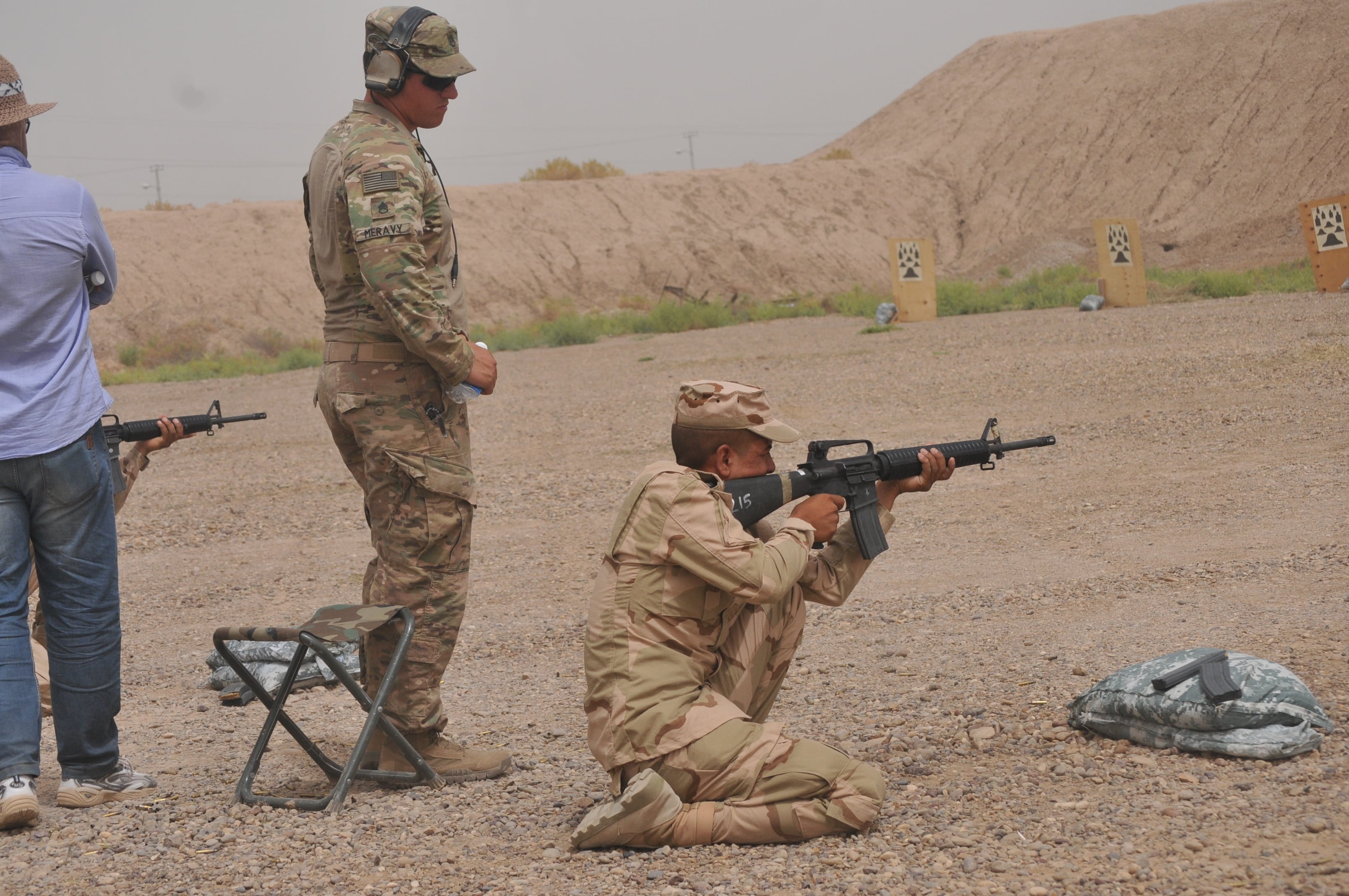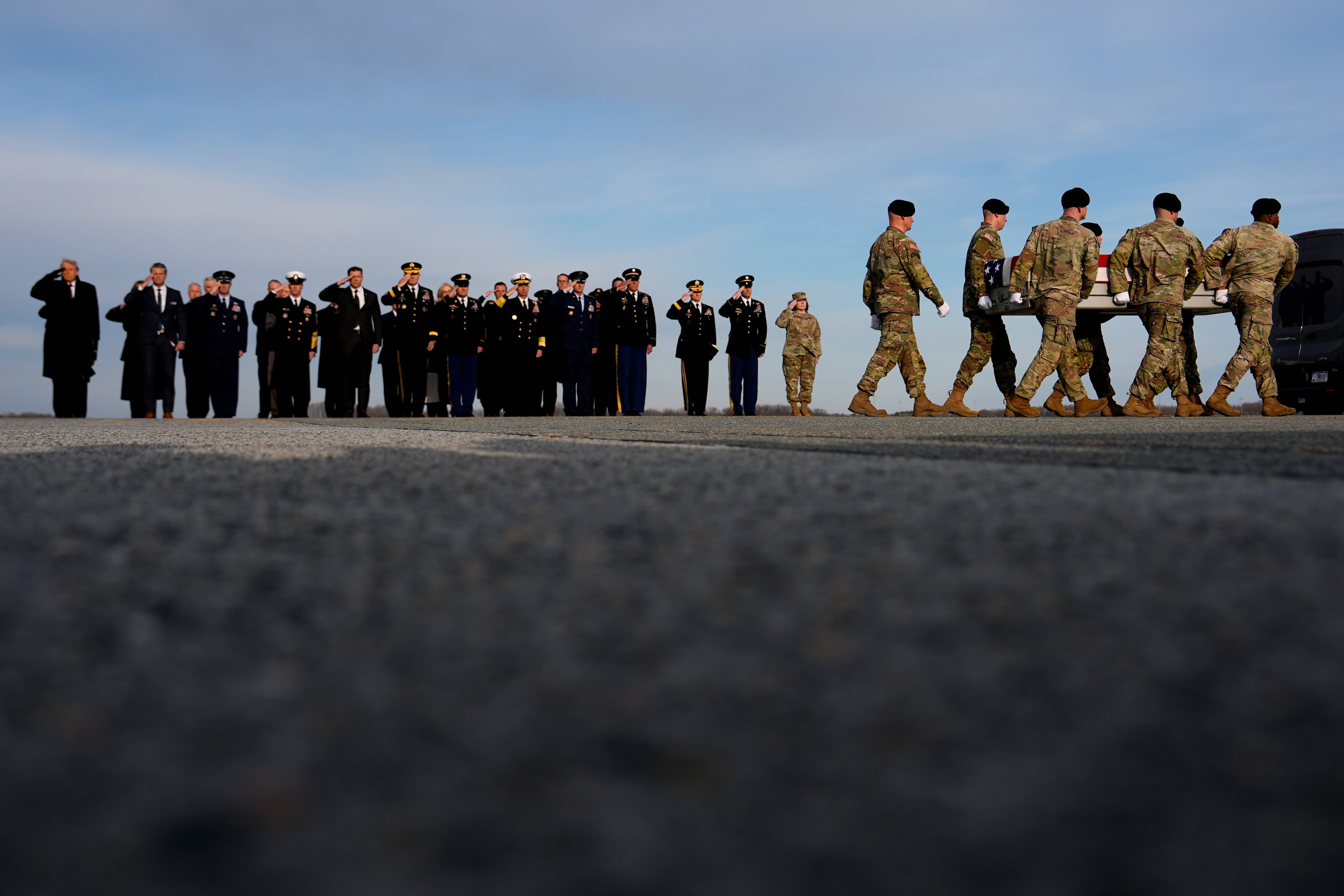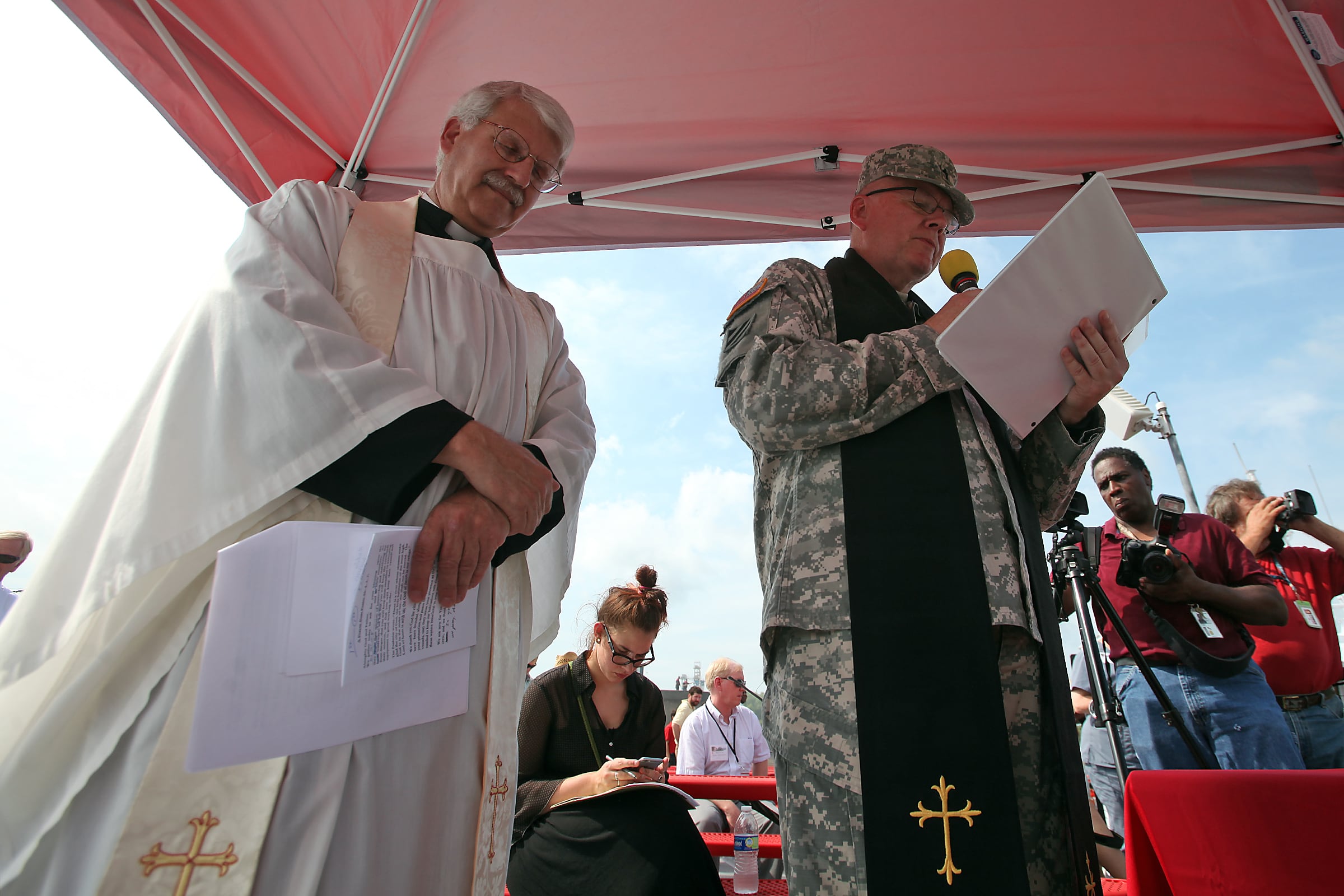In the nine months the 101st Airborne Division's 2nd Brigade Combat Team was deployed to Iraq, the unit watched the mission on the ground transform.
"In early 2016, the posture of our force, the authority granted to our units, the capabilities of Iraqi security forces, and the effectiveness of ISIS were all very different versus January [2017]," said Col. Brett Sylvia, the brigade commander.
The brigade, stationed at Fort Campbell, Kentucky, deployed about 1,300 soldiers to Iraq from April 2016 to January 2017 in support of Operation Inherent Resolve.
Sylvia told reporters during a media round table on Wednesday that the goal of the mission in Iraq was to train, advise and assist their Iraqi counterparts.
"So they can work together and synchronize their actions, integrate our capabilities, and beat back ISIS," he said.
However, the mission changed in October when Iraq's Prime Minister Haider al-Abadi kicked off a campaign to recapture the city of Mosul from Islamic State fighters.
Sylvia said his soldiers were focused on advising the Iraqi army in the beginning of the deployment, but once the mission transitioned to liberating Mosul, U.S. soldiers were also helping the federal police and emergency response division.
Originally, advising had been restricted to division and higher level headquarters, Sylvia said, but then it went down to the brigade and even battalion levels.
"The first time we did anything below brigade level was providing some specific advising for a Tigris River crossing," he said.
Iraqi forces were placing a bridge across the river to establish a base on the other side. The U.S. had issued the bridging equipment, so soldiers went forward with the Iraqis to help with quality control. While there, the U.S. troops also advised the Iraqis on how to secure the area, Sylvia said.
Since the soldiers were in a more urban area, the enemy employed drones to gather intelligence as well as footage they could use as propaganda and, eventually, as a weapon.
Sylvia said many drones run off of Wi-Fi, which was easier to access in an urban area. Islamic State fighters would take videos of what they had destroyed and upload it to social media as a recruiting tool, he said.
"Over time, they did arm them," he said. "They managed to take a 40 mm grenade and use [the drones] to fly overheard and drop them."
They once saw 12 drones in one day, he said, adding that the Iraqi military would try to shoot them down.
Sylvia said he was very proud of what the troops were able to accomplish out there.
"I also believe that what we saw and participated in was a major transformation," he said.
Some of the accomplishments from the mission include:
- The Iraqis went from a Baghdad-based force unable to project combat power to projecting it to northern Iraq.
- Pushing ISIS out of its safe haven in Fallujah, as well as much of the Euphrates and Tigris river areas and eastern Mosul. This resulted in regaining an area the size of West Virginia and liberating more than 1 million Iraqis in the process, Sylvia said.
"Certainly, there are other discussions about what is the long-term future for [the Iraqis]," he said, adding that there is an open discussion right now among the Iraqi leaders. "You have a bunch of armed men now, so you've got to do something."
Charlsy Panzino covers the Guard and Reserve, training, technology, operations and features for Army Times and Air Force Times. Email her at cpanzino@militarytimes.com.
Charlsy is a Reporter and Engagement Manager for Military Times. Email her at cpanzino@militarytimes.com.





